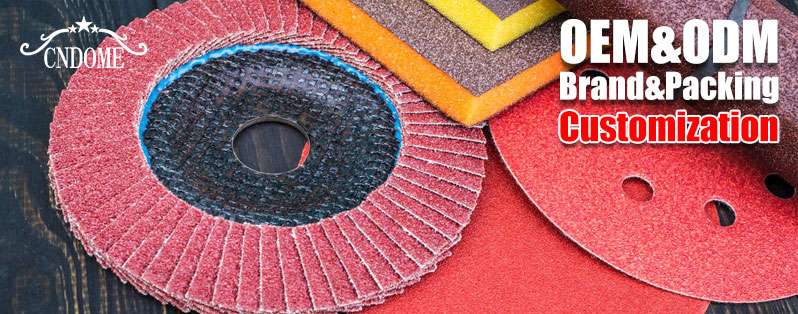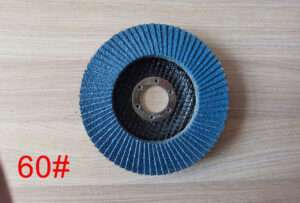Flap discs are essential tools in the arsenal of many craftsmen and professionals, particularly in metalworking and fabrication. They offer versatility, durability, and efficiency in grinding, deburring, and finishing tasks. However, navigating the myriad of options available can be daunting, especially when it comes to understanding mesh numbers. Let’s delve into this crucial aspect to help you make informed decisions when selecting flap discs.
Understanding Mesh Numbers
Mesh numbers refer to the density of abrasive particles on the flap disc’s surface. They indicate the coarseness or fineness of the abrasive material and play a significant role in determining the disc’s performance for specific applications.
Coarse vs. Fine Mesh Numbers
1. Coarse Mesh Numbers (Low Grit):
- Mesh numbers in the lower range, such as 24 or 36, indicate coarse abrasives.
- These discs are suitable for heavy material removal, such as weld splatter, rust, and surface imperfections.
- They offer rapid stock removal but may leave deeper scratches on the workpiece’s surface.
2. Fine Mesh Numbers (High Grit):
- Higher mesh numbers, such as 60, 80, or 120, signify finer abrasives.
- These discs excel in providing smoother finishes and are ideal for light material removal, blending, and surface preparation.
- They produce finer scratches on the workpiece, resulting in a polished appearance.
Application Considerations
1. Material Type:
- Choose coarse mesh numbers for hard materials like steel or stainless steel, where aggressive stock removal is required.
- Opt for finer mesh numbers when working with softer materials like aluminum or non-ferrous metals to achieve smoother finishes without excessive material removal.
2. Task Requirements:
- Determine the level of material removal and finish desired for your project.
- For rough grinding and shaping tasks, select discs with lower mesh numbers.
- For finishing and polishing applications, opt for discs with higher mesh numbers.
3. Surface Finish:
- Consider the final surface appearance you aim to achieve.
- Coarse mesh numbers may leave visible scratches, which might require additional finishing steps.
- Fine mesh numbers deliver smoother surfaces with minimal scratches, reducing the need for further refinement.
Practical Tips
1. Trial and Error:
Experiment with different mesh numbers to find the optimal balance between material removal rate and surface finish for your specific application.
2. Progressive Grits:
Utilize a sequence of flap discs with progressively higher mesh numbers to achieve a smoother finish gradually.
3. Quality Matters:
Invest in high-quality flap discs from reputable manufacturers to ensure consistent performance and durability.
Conclusion
Understanding mesh numbers is crucial for selecting the right flap discs to meet your application requirements effectively. By considering factors such as material type, task demands, and desired finish, you can confidently choose the most suitable mesh number for your projects. Remember, each mesh number serves a distinct purpose, so choose wisely to optimize your grinding and finishing processes.



